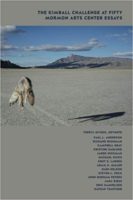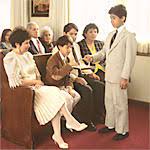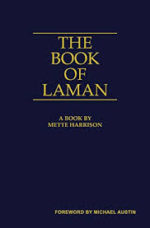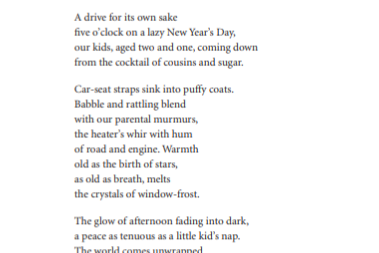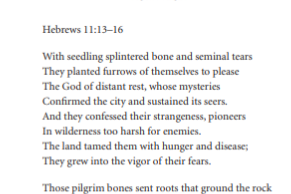Our Artistic Potential | The Mormon Arts Center, The Kimball Challenge at Fifty: Mormon Arts Center Essays
October 26, 2018The occasion for this slim new volume of essays is the fiftieth anniversary of Spencer W. Kimball’s “Education for Eternity” talk, delivered to Brigham Young University faculty at the commencement of fall semester 1967. Although…


